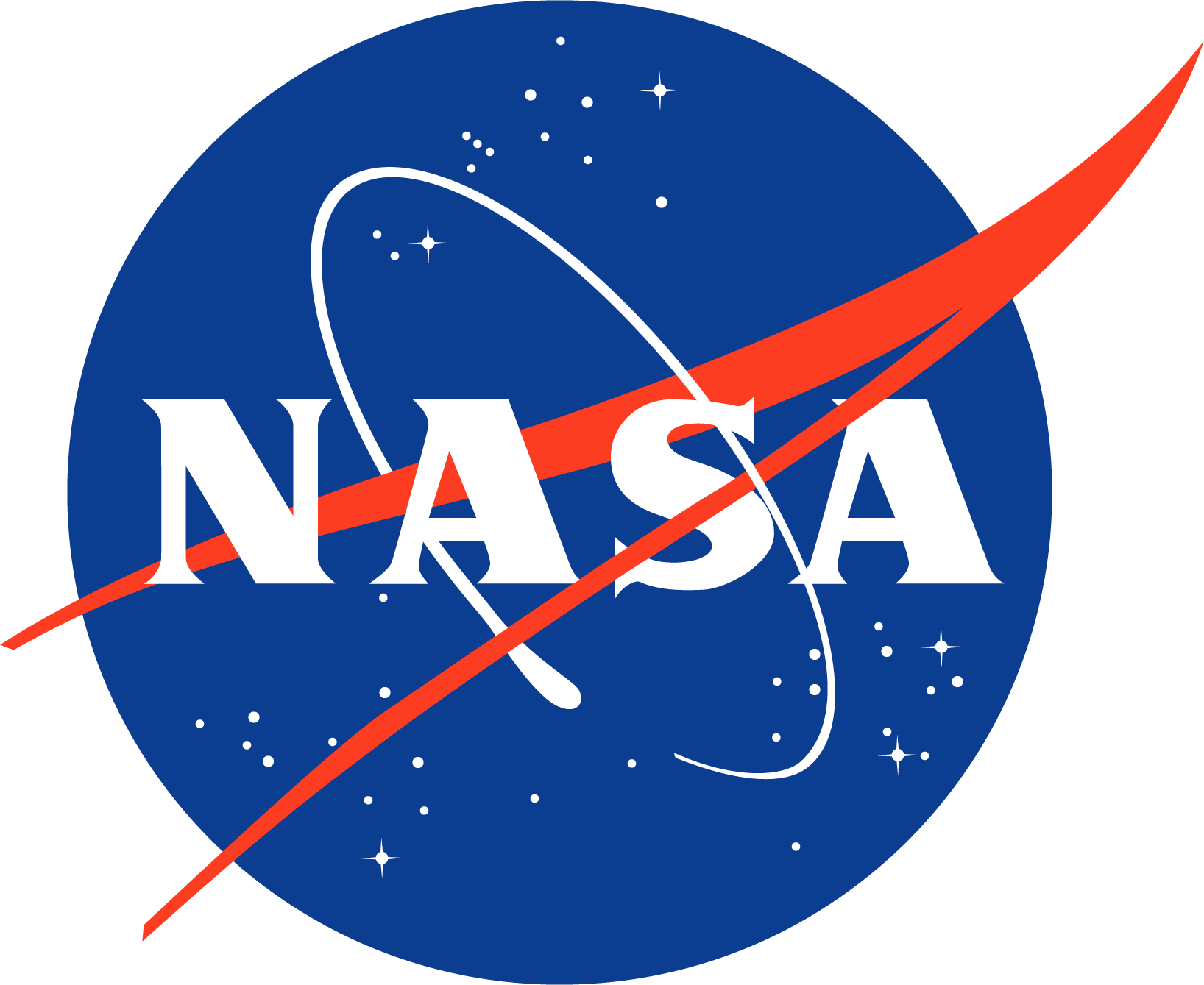April 20, 2018, 1:00 pm - 2:00 pm
April 20, 2018, 1:00 pm - 2:00 pm, Heliophysics Director's Seminar, Hosted by the Solar Physics Laboratory (671)
Which EUV emission lines are sensitive to CME-induced coronal dimming?
James Mason (NASA Postdoctoral Fellow)
When coronal mass ejections (CMEs) depart the corona, they leave behind a transient void. Such a region evacuated of plasma is known as a coronal dimming and it contains information about the kinetics of the CME that produced it. The dimming can be so great in the extreme ultraviolet (EUV) that it reduces the overall energy output of the sun in particular emission lines, i.e., dimming is observable in spectral irradiance. We use the Solar Dynamics Observatory (SDO) EUV Variability Experiment (EVE) data to search for and parameterize dimming. We focus our search on the 39 extracted emission lines data product. We are searching these light curves for dimming around all of the >8,500 C1 solar flares in the SDO era. Our method of combining these 39 light curves to remove the flare peak results in 1,521 light curves for every solar flare. Thus, we come to a total of ~13 million light curves in which to search for dimming. The question is: which ones are sensitive to CME-induced dimming?
The feature detection code, which utilizes machine learning techniques, is open source python available on GitHub (https://github.com/jmason86/James-s-EVE-Dimming-Index-JEDI).
